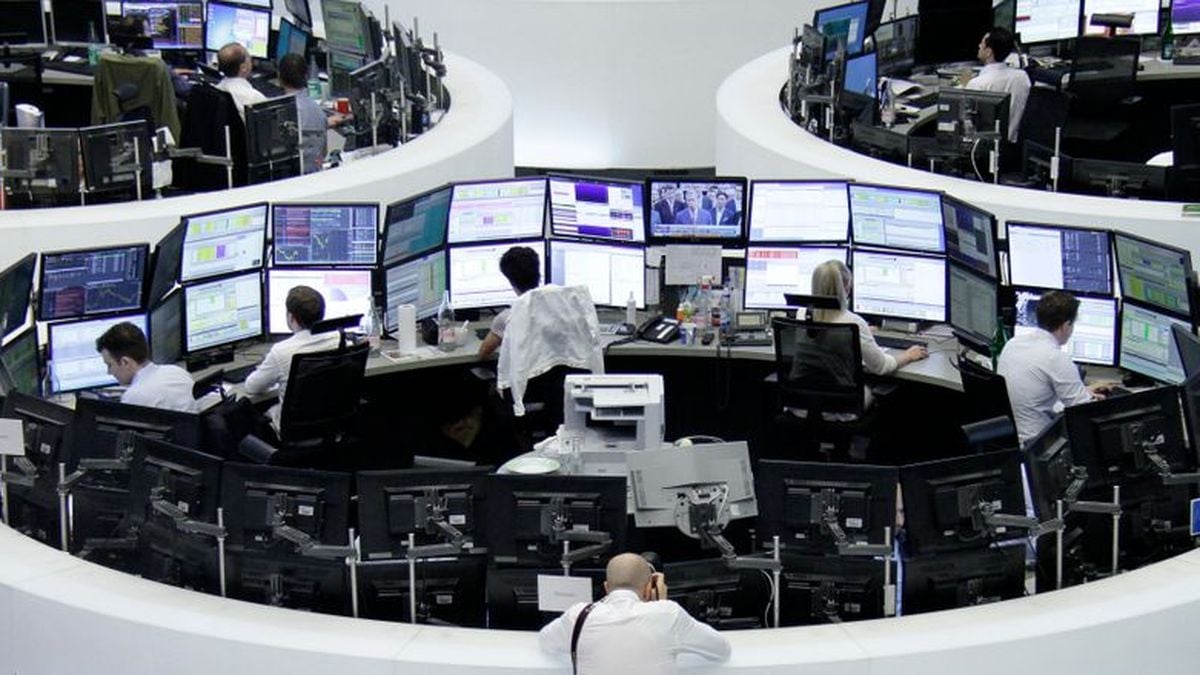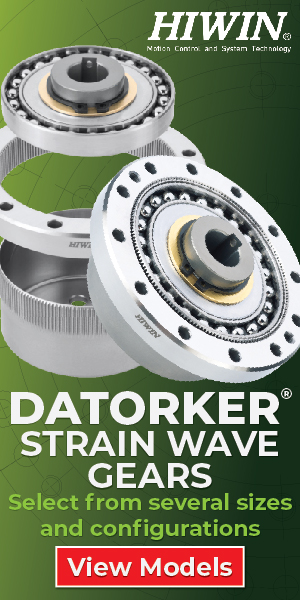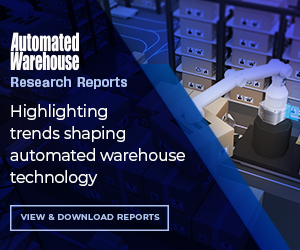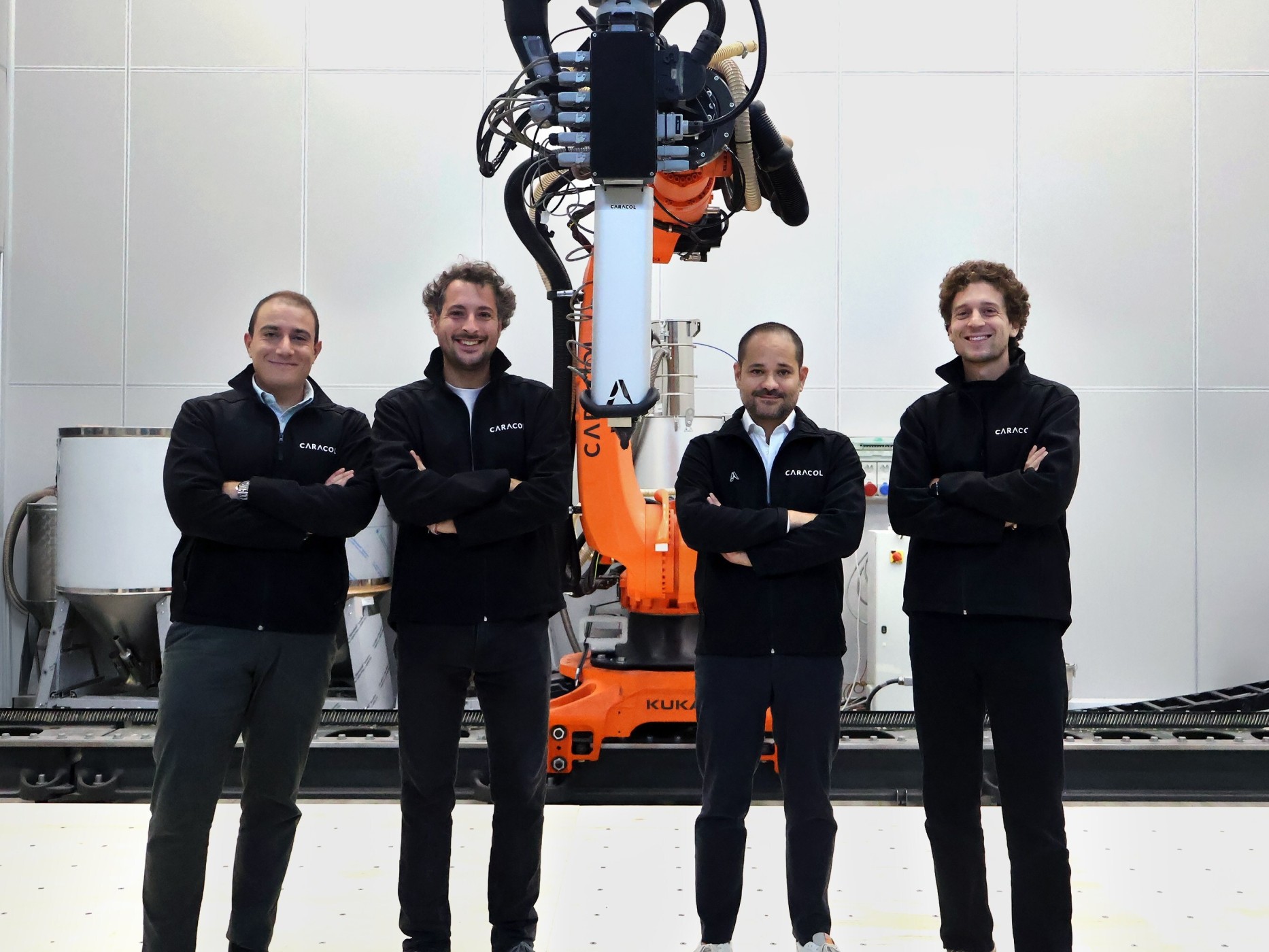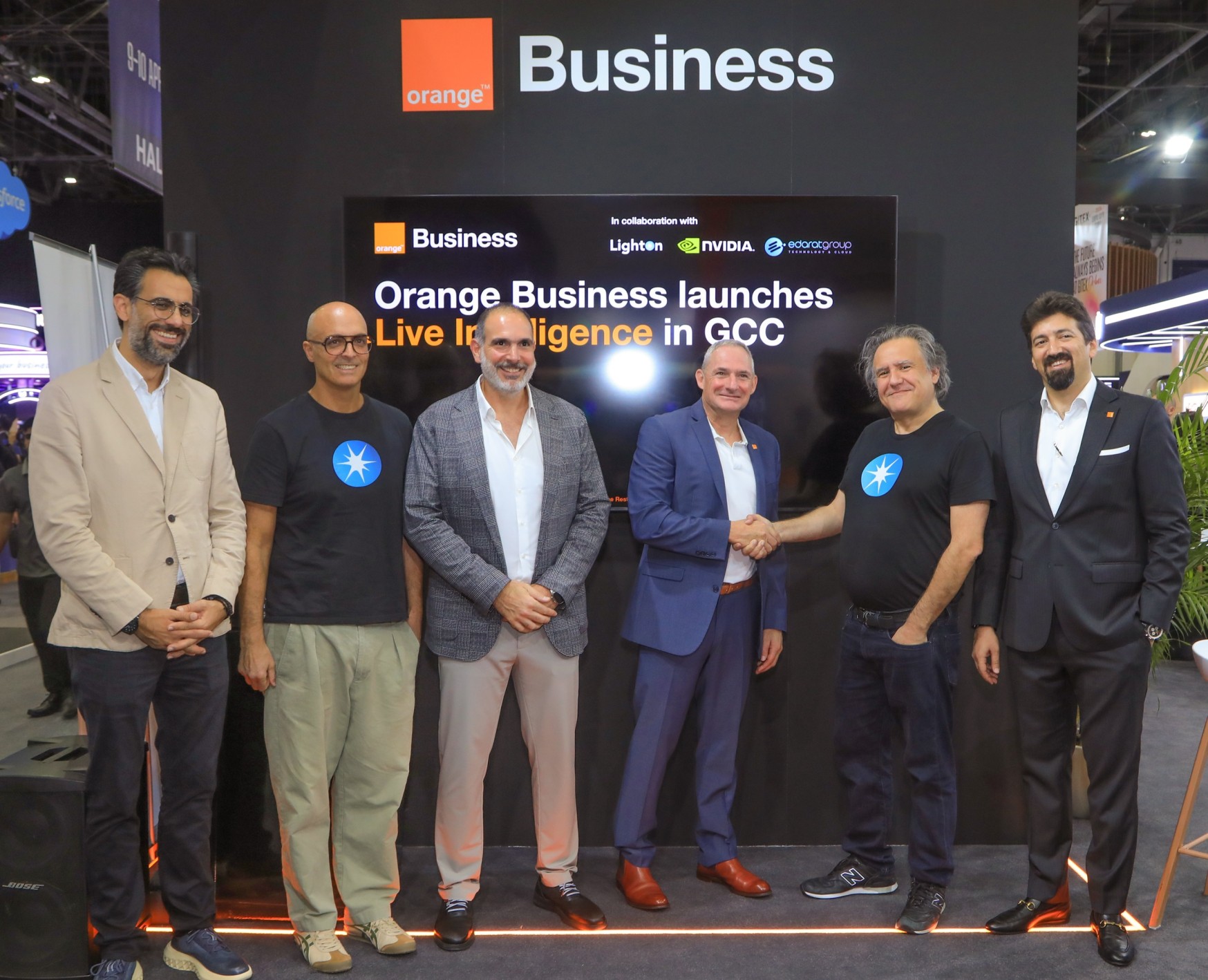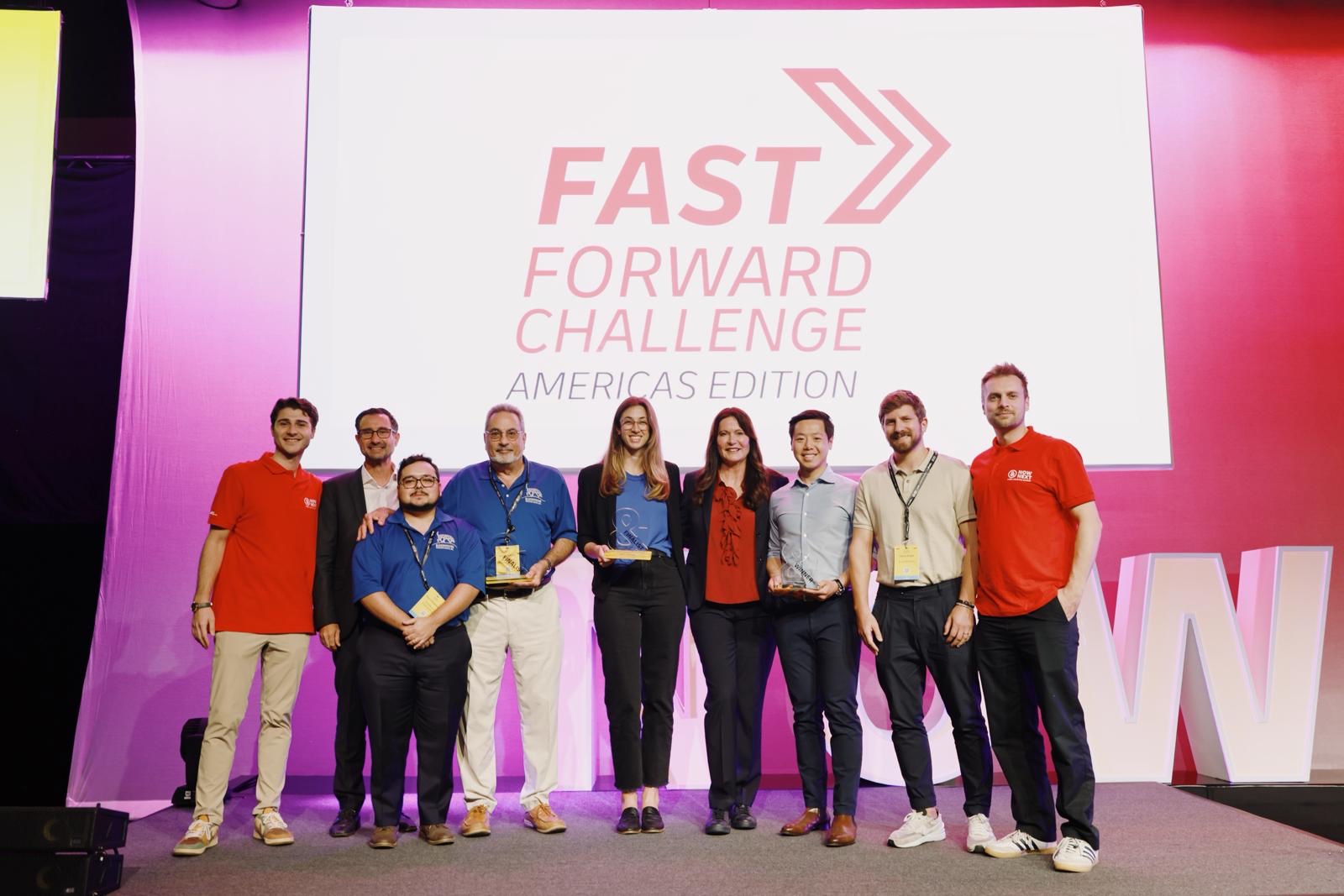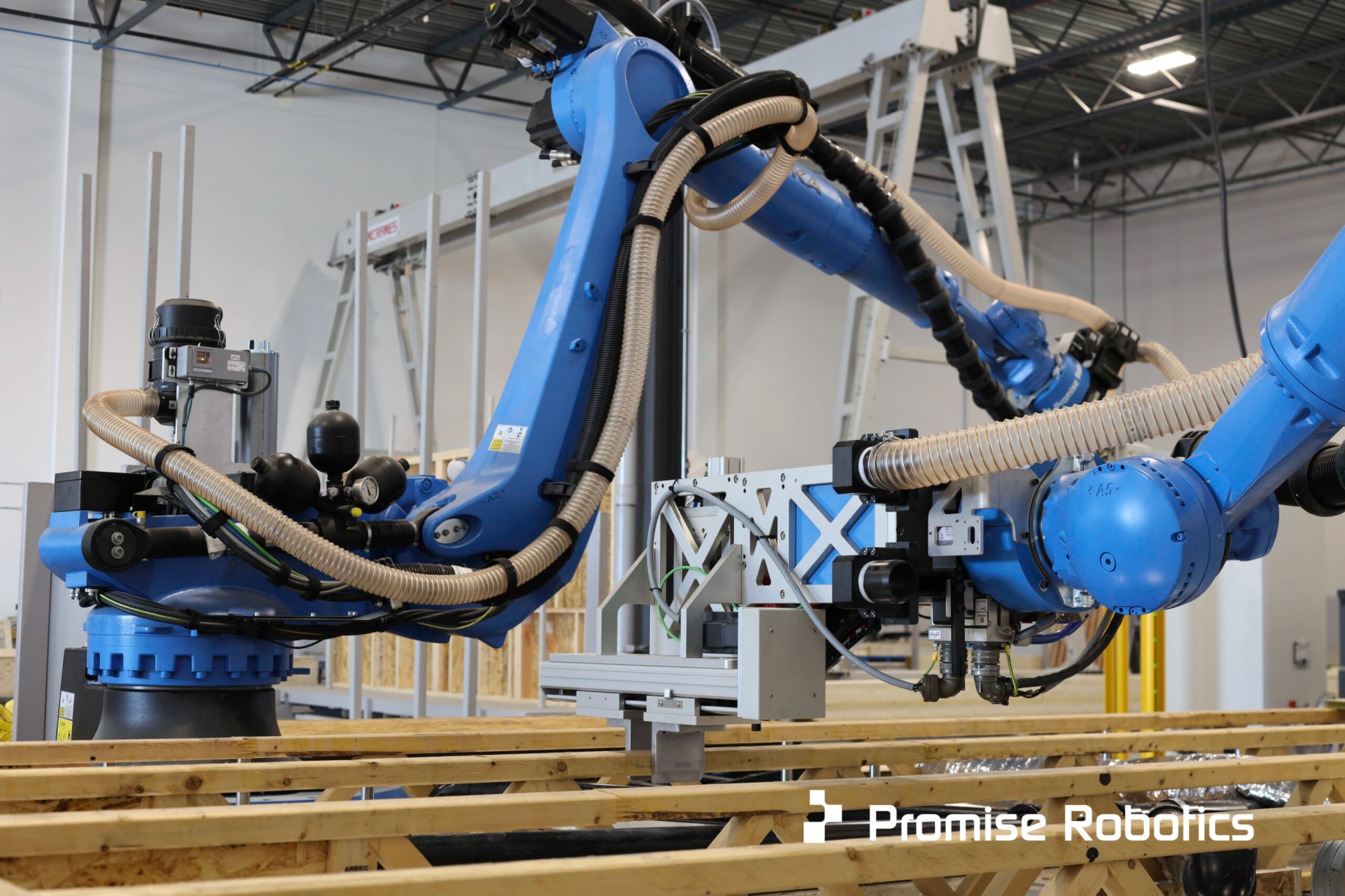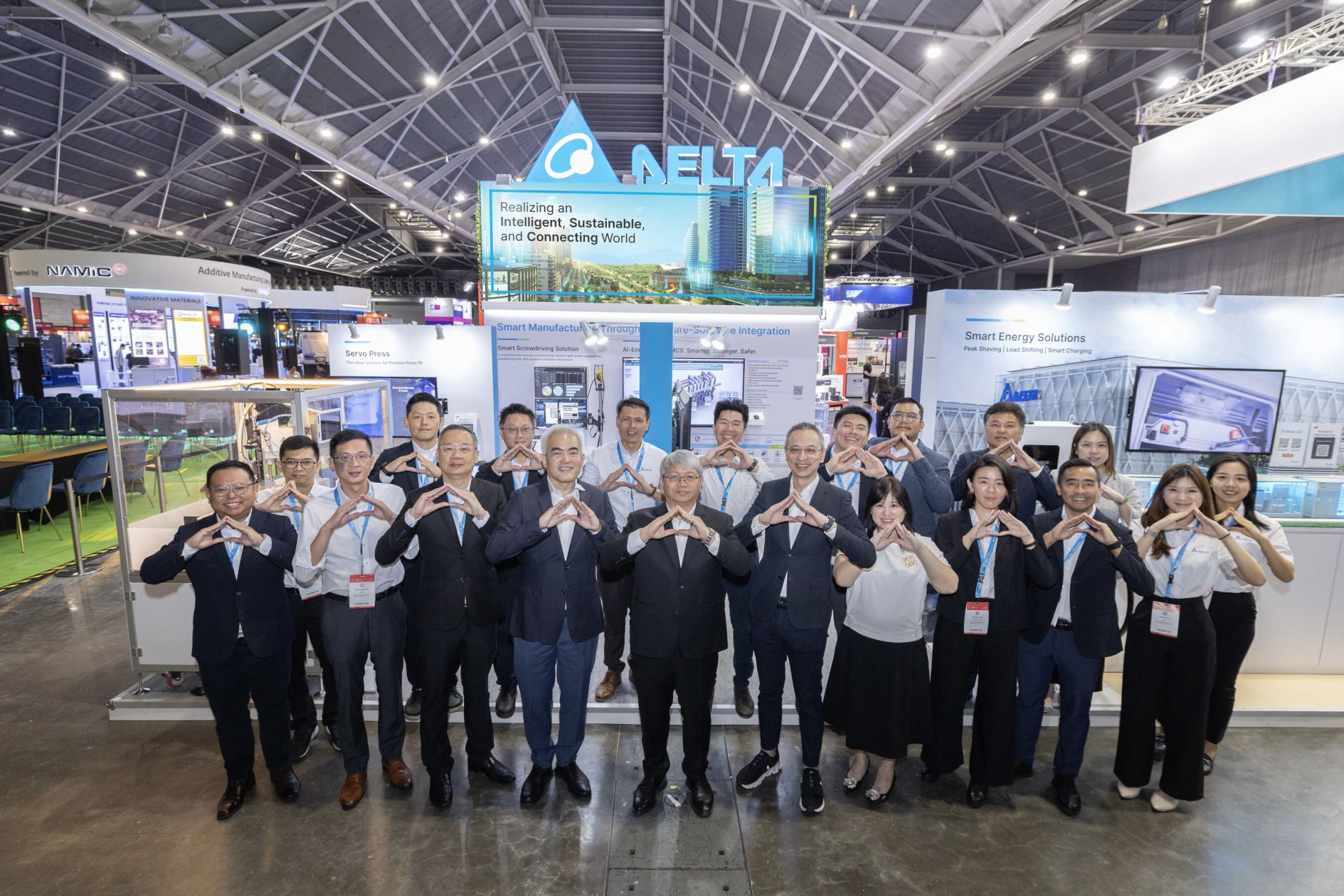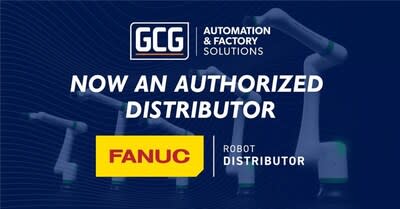FTC Solar’s 1P Pioneer Tracker Enables Fast, Safe, and Robot-Ready Utility-Scale Solar Deployment
New white paper highlights simplified engineering, minimal hardware, and automation-ready design to overcome labor constraints and accelerate solar construction.
Image Courtesy: Public Domain
FTC Solar, Inc. released a new white paper, “Fast, Easy, Safe, and Robot-Ready: How 1P Pioneer supports customers with simplified engineering, minimal hardware, and seamless robotic optimization.” The paper addresses the central challenge facing utility-scale solar: deployment must accelerate faster than industry capacity can expand. With U.S. decarbonization goals requiring annual build rates to rise sharply - roughly approaching double recent levels - labor shortages, especially in skilled installation roles, are a leading constraint. The paper explains how the bottleneck has shifted from cost to execution and can be solved by simplified tracker design, reduced labor intensity, and greater integration of automation.
“Construction automation is the only way to scale solar and meet the growing demands of the industry,” said James Emerick, Co-Founder & CEO, Cosmic Robotics. “It starts with tracker designs like FTC’s Pioneer that enable both robotic and human crews to work faster, safer, and with greater throughput. The Pioneer tracker is thoughtfully engineered for automation—features like the slide-and-glide module interface and the separation of rail and module installation steps make it an ideal platform for high-speed robotic installation and the next generation of solar construction.”
With constructability being the cornerstone for FTC Solar, the 1P Pioneer tracker is strategically positioned with key features to support EPCs and developers with a construction-first design that maps easily with robotics workflows. The key features of the tracker include:
- Discrete rail and module steps: Rails can be preinstalled ahead of module delivery to preserve alignment and maintain mechanical progress, with simpler handoffs for crews and robots.
- Python Clip, no-torque rail attachment: A friction-fit, bolt and nut-free connection that cuts parts handling, QA/QC touches, and cycle time while maintaining consistent clamping force.
- Slide-and-Glide module placement: Guided slide-and-glide motion that reduces overhead lifts and fine alignment, well-suited to robotic end-effectors moving sequentially along a row.
- Cinch Clips for structural and electrical bonding: Tap-in clips secure and bond each module in seconds with no torque tools, bolts, or separate grounding wires.
Taken together, these design choices increase throughput and consistency in manual builds today and map directly to robotic workflows for module placement, rail alignment, and fastenings supporting a transition to hybrid human-robot crews.
Veeral Hardev, Head of Business Development, RoboForce commented, “At RoboForce, we see not only the ease of deploying our AI-enabled robots for FTC tracker system installation and solar module fastening with Cinch Clips, but we are already putting this technology into action - first at our outdoor test facility and soon at live FTC project sites. We are excited about the progress made and even more energized by what lies ahead.”


